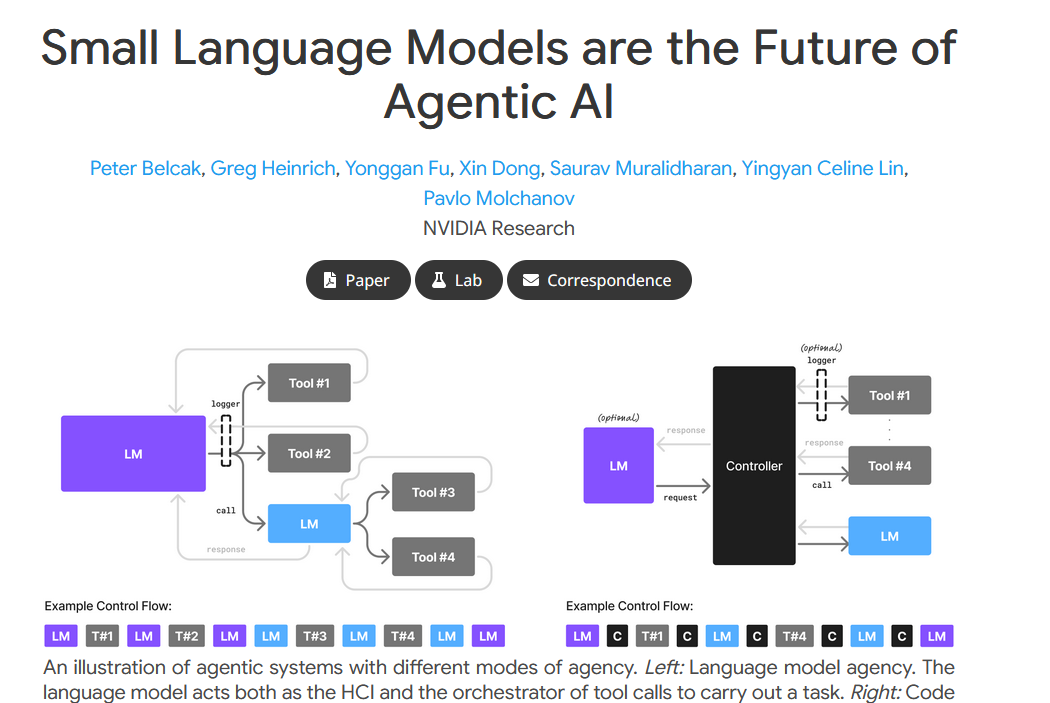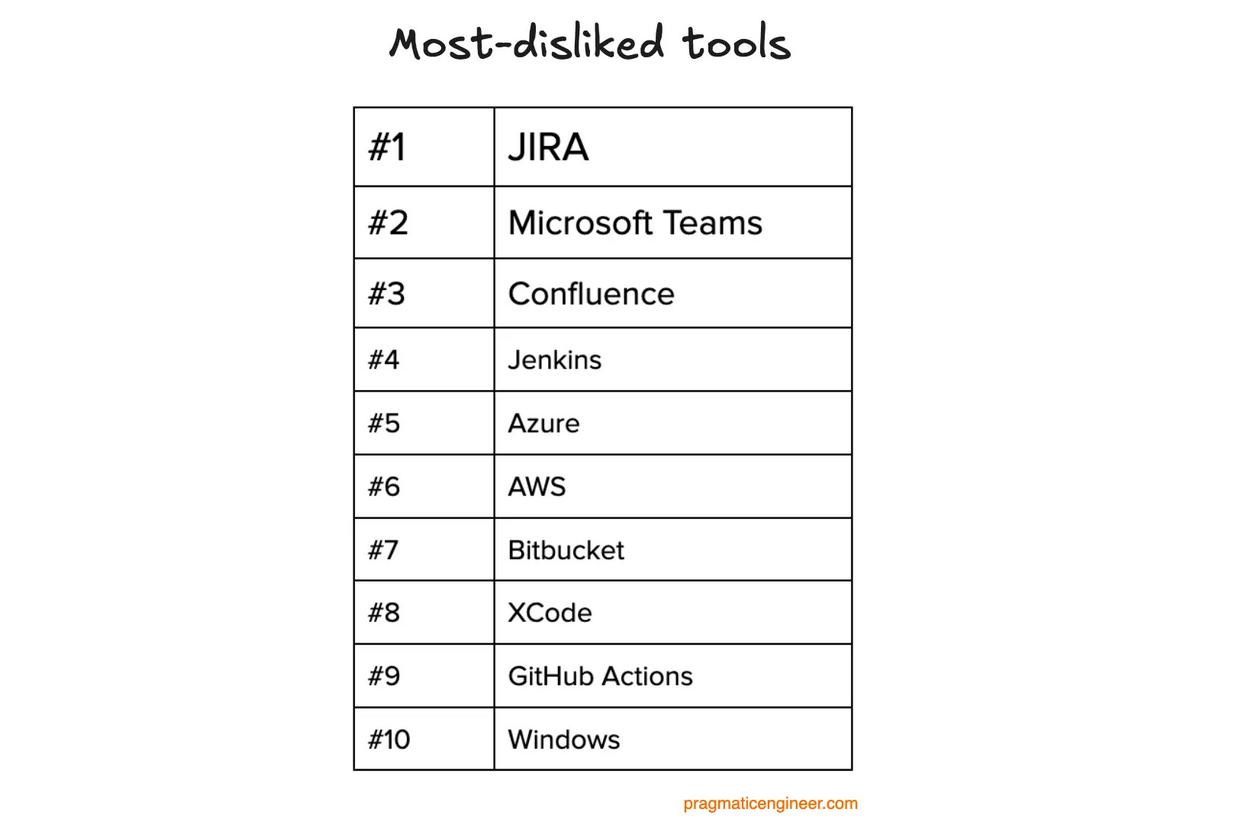In an era where artificial intelligence (AI) is not just a buzzword but a key driver of innovation, Large Language Models (LLMs) have emerged as a cornerstone in the AI landscape. With their unparalleled ability to process and generate human-like text, LLMs offer businesses across industries the potential to revolutionize their operations, from enhancing customer service to automating complex workflows. However, the path to successfully harnessing the power of these models is fraught with challenges that go beyond mere technical implementation.
As organizations embark on the journey to integrate LLMs into their operational fabric, they often encounter a range of obstacles that can impede progress. These challenges are not only technical in nature but also involve strategic planning, human resources, and organizational culture. From defining clear business goals to ensuring seamless integration with existing infrastructure, the successful deployment of LLMs requires a holistic approach.
In this article, we explore the multifaceted challenges of LLM implementation, shedding light on common pitfalls such as lack of executive buy-in, employee resistance due to fear of replacement, unrealistic expectations, and more. We also delve into the technical complexities, MLOps difficulties, data quality issues, and ethical considerations that businesses must navigate.
Understanding these challenges is the first step towards developing effective strategies to overcome them. Our goal is to provide insights and guidance that enable businesses to not only anticipate these hurdles but also turn them into opportunities for growth and innovation in the realm of AI.
Cultural Challenges in LLM Implementation
This section explores the challenges rooted in organizational culture that impact the successful implementation of Large Language Models (LLMs). These challenges reflect the readiness of an organization’s culture to embrace new technologies and innovate.
- Risk Aversion and Lack of Clear Business Goals
- Cultural Aspect: Often in risk-averse cultures, goals for new technology implementations like LLMs can be vague or misaligned with actual business needs, as there is a reluctance to commit to bold, clear objectives.
- Manifestation: Projects may lack specific targets or KPIs, leading to a diffuse focus and unclear success metrics.
- Mitigation: Establish clear, measurable objectives for LLM adoption. Conduct workshops and strategy sessions to align AI initiatives with broader business goals. Foster a culture that values clear direction and measurable outcomes in technology projects.
- Limited Executive Buy-In and Openness to Innovation
- Cultural Aspect: In cultures where there is resistance to change or skepticism about new technologies, gaining executive buy-in can be challenging.
- Manifestation: Projects struggle to obtain necessary resources and strategic alignment, as leadership might not fully understand or support the potential of LLMs.
- Mitigation: Develop compelling business cases highlighting the ROI and competitive advantages of LLMs. Use pilot projects to demonstrate tangible benefits. Engage executives with success stories and industry benchmarks to build confidence in AI initiatives.
- Employee Resistance and Acceptance
- Cultural Aspect: Cultures that lack open communication and fail to address employees’ concerns about new technologies can lead to resistance, stemming from fear of obsolescence or change.
- Manifestation: Employees may be hesitant to engage with the new system or contribute to its development and deployment.
- Mitigation: Address workforce concerns through transparent communication. Offer training and upskilling opportunities to help employees adapt to new AI-enhanced roles. Highlight AI’s role as an augmentative tool, not a replacement, and involve employees in the development and implementation process.
- Unrealistic Expectations and Fear of Failure
- Cultural Aspect: In cultures where failure is not seen as a learning opportunity, there can be unrealistic expectations for immediate success from new initiatives like LLM implementation.
- Manifestation: There is a disconnect between what is expected of the technology and what it can realistically deliver, leading to frustration and perceived failure even when significant progress is made.
- Mitigation: Set realistic milestones and manage expectations through regular communication. Create a culture that views setbacks as learning opportunities. Encourage small-scale experiments and pilots to demonstrate progress and refine AI strategies iteratively.
Addressing these cultural challenges requires a strategic approach that fosters open communication, encourages a culture of experimentation and learning, and aligns technological initiatives with clear, achievable business goals. It’s about creating an environment where innovation is supported, risks are managed intelligently, and employees are engaged and informed.
Technical and Operational Hurdles
In this section, we delve into the technical and operational challenges that organizations face when implementing Large Language Models (LLMs). These challenges often relate to the intricacies of the technology itself and the complexities of integrating it into existing systems.
- Technical Complexity and Challenges
- Characterization: LLMs are inherently complex, requiring deep understanding and expertise in machine learning, natural language processing, and data science.
- Impact: The technical complexity can be a barrier to entry for organizations without in-house AI expertise. It can lead to prolonged development cycles or suboptimal utilization of LLM capabilities.
- Mitigation: Collaboration with AI experts or consultants, and investing in team training and development can help bridge this gap.
- MLOps Challenges
- Characterization: MLOps (Machine Learning Operations) involves the management and automation of machine learning models in production. It encompasses model training, versioning, deployment, monitoring, and retraining.
- Impact: MLOps challenges can lead to inefficiencies, difficulty in maintaining and scaling AI solutions, and potential downtimes.
- Mitigation: Adopting robust MLOps practices, leveraging cloud-based AI services, and utilizing specialized MLOps tools can streamline these processes.
- Data Quality Issues
- Characterization: The performance of LLMs heavily relies on the quality of the data used for training and fine-tuning.
- Impact: Poor data quality can result in inaccurate, biased, or irrelevant model outputs, undermining the effectiveness of the AI solution.
- Mitigation: Implementing stringent data collection, cleaning, and preparation processes ensures high-quality data inputs.
- Integration with Existing Infrastructure
- Characterization: Seamlessly integrating LLMs into existing business processes and IT infrastructure can be complex.
- Impact: Inadequate integration can limit the effectiveness of LLMs and can disrupt existing workflows and systems.
- Mitigation: Planning for integration early in the project, involving IT teams, and ensuring compatibility with existing systems are crucial steps.
In tackling these technical and operational challenges, organizations must focus on building the necessary expertise, adopting the right tools and practices, and ensuring that AI solutions are effectively integrated into the broader business ecosystem. This approach not only addresses the immediate challenges but also lays the foundation for sustainable AI adoption and scalability.
Resource and Management Obstacles
This section tackles the resource and management challenges faced in implementing LLMs and proposes strategies for effectively managing these hurdles.
- Resource Intensity and Cost Management
- Challenge: The substantial resource demands and associated costs of deploying LLMs.
- Mitigation Strategies:
- Cloud Computing: Utilize cloud resources for scalable, cost-effective computational power.
- Efficient Model Selection: Opt for specialized, smaller models focused on specific tasks to reduce resource requirements.
- Model Optimization Techniques: Implement quantization and model distillation techniques to enhance efficiency and reduce computational load. These advanced techniques, which we offer to our clients, can significantly streamline LLM deployments.
- Cost-Benefit Analysis: Conduct thorough evaluations to balance resource use with expected outcomes, ensuring long-term value from LLM implementation.
- Navigating Data Privacy and Security
- Challenge: Upholding stringent data privacy and security standards, particularly with sensitive information.
- Mitigation Strategies:
- Data Protection Protocols: Deploy robust encryption and anonymization methods to secure data.
- Regulatory Compliance: Ensure strict adherence to data protection laws and regulations.
- Security Audits and Expertise: Regularly conduct security assessments and engage cybersecurity experts to safeguard the AI infrastructure.
Overcoming the resource and management challenges in LLM implementation calls for a nuanced and strategic approach. By harnessing cloud computing, selecting resource-efficient models, and employing cutting-edge optimization techniques like quantization and distillation, organizations can mitigate the intensive resource demands. Coupled with robust data security practices, these strategies facilitate a balanced, sustainable, and secure deployment of LLMs. This thoughtful approach is essential for leveraging the transformative potential of LLMs in a resource-conscious and responsible manner.
Ethical Considerations, Bias Mitigation, and Sustainability
This section delves deeper into ethical considerations, including bias mitigation, sustainability, and the importance of transparency in LLM deployment.
- Model Bias and Ethical Challenges
- Challenge: Addressing potential biases and ethical dilemmas in LLMs.
- Mitigation Strategies:
- Employ diverse and inclusive datasets for training.
- Regularly evaluate and correct biases.
- Involve ethics experts in AI development.
- Fostering Ethical AI Development and Transparency
- Challenge: Aligning AI development with ethical standards and maintaining transparency.
- Mitigation Strategies:
- Develop AI with a focus on societal impact and human-centric design.
- Opt for open-source models and those with high transparency scores, as they offer greater visibility into their training and operational mechanisms.
- Educate AI teams on ethical practices and transparent operations.
- Sustainability in AI Deployment
- Challenge: Addressing the environmental impact of AI technologies.
- Mitigation Strategies:
- Opt for energy-efficient hardware and cloud services.
- Use foundational models for resource efficiency, as they can be adapted to various tasks without the need for training from scratch.
- Implement model optimization techniques like quantization and model distillation to reduce computational demands.
Ethical considerations in LLM implementation extend beyond bias mitigation to encompass transparency, sustainability, and responsible resource usage. By choosing foundational models and open-source options, organizations can not only enhance ethical compliance but also contribute to a more sustainable AI ecosystem. These strategies, combined with a commitment to ethical development and transparency, ensure that LLM deployments are not only effective but also aligned with broader societal values and environmental responsibilities. Embracing these principles is essential for building trust and credibility in AI applications, ensuring they serve as a force for positive change and innovation.
Conclusion: Navigating the LLM Implementation Landscape
As we conclude our exploration of the complexities involved in implementing Large Language Models (LLMs), it’s evident that the process extends beyond the realm of technological challenges to encompass broader ethical, cultural, and sustainability considerations. The successful deployment of LLMs is a multifaceted journey that intertwines deeply with every aspect of a business.
To effectively harness the potential of LLMs, organizations need to:
- Embrace a Culturally Ready Environment for AI: This involves fostering an organizational culture that is open to innovation, adapts to new methodologies, and sets clear business objectives. Addressing cultural challenges is key to creating a fertile ground for AI adoption.
- Adopt a Comprehensive Technical and Operational Strategy: Tackling the technical and operational complexities with a well-equipped team and efficient practices ensures seamless integration and sustainable management of LLMs.
- Commit to Ethical AI with a Focus on Sustainability and Transparency: Employing foundational models for resource efficiency and opting for open-source models with high transparency scores are crucial steps towards ethical AI development. These practices not only align with ethical standards but also contribute to a sustainable AI ecosystem.
- Prioritize Transparent and Ethical Deployment: The commitment to transparent operations and ethical development principles is paramount. It builds trust and credibility in AI systems, ensuring they positively impact businesses and society.
In summary, the journey of LLM implementation is as much about navigating technological innovation as it is about aligning with ethical standards, embracing cultural readiness, and ensuring sustainability. By understanding and addressing these diverse aspects, businesses can unlock the transformative power of LLMs, ensuring their AI initiatives are not only technically proficient but also ethically sound, culturally aligned, and environmentally sustainable. This holistic approach paves the way for AI to be a responsible and effective driver of business success and societal advancement.





